<< Previous | Displaying results 61-70 of 544 for "world war I" | Next >>
John, who was born to a non-Jewish Polish family, graduated from an art academy. Following the German invasion of Poland on September 1, 1939, John was in Krakow. Food became scarce in Krakow, with long lines of people waiting for whatever food was available. John decided to join the resistance against the Germans. By early 1940, he and two of his friends felt that they were in danger and decided to try to escape to France. John was caught and arrested during this escape attempt. He survived imprisonment…
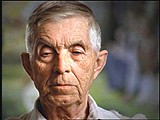
Often referred to as the “eastern front,” the German-Soviet theater of war was the largest and deadliest of World War II. Learn more about the background and key events.
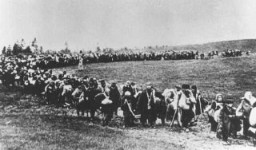
Kitty Weichherz, pictured here in a photograph taken before World War II began, was born in December 1929. This photo was taken from a diary of Kitty's life written by her father, Bela Weichherz. After Kitty's birth, Bela started to keep a diary of his daughter's life. He made entries recording her childhood in Czechoslovakia until the family was separated and deported during the Holocaust. His last entry reads "I only wish that we can go together." Kitty and all of her immediate family perished in the…
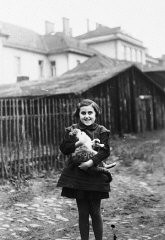
Under Adolf Hitler, the Nazi regime would be responsible for the murder of 6 million Jews and millions of other victims. Learn about Hitler's early years.
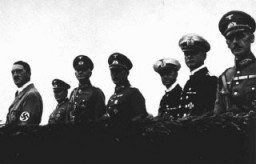
The Weimar Republic was a liberal democratic republic founded in Germany in the aftermath of WWI. Learn about the era’s political and economic crises and social trends.
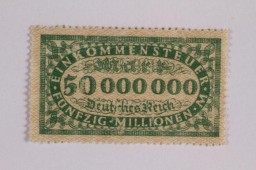
Learn more about the Armenian Genocide, which was the physical annihilation of ethnic Armenian Christians living in the Ottoman Empire between 1915-1916.
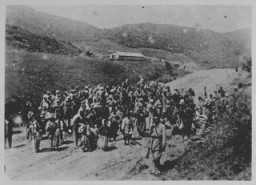
The Armenian genocide (1915–1916) is sometimes called the first genocide of the twentieth century.
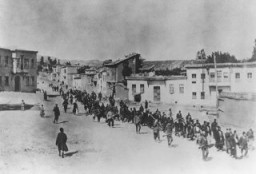
Efforts to bring the perpetrators of Nazi-era crimes to justice continue into the 21st century. Learn more about postwar trials and their legacies.
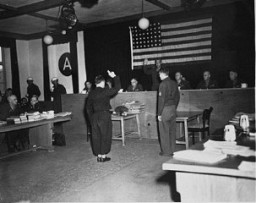
In January 1944, FDR established the War Refugee Board which was charged with “immediate rescue and relief of the Jews of Europe and other victims of enemy persecution.”
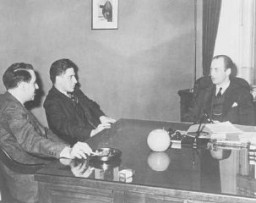
Ernest Hemingway in his World War I Red Cross Ambulance Corps uniform, ca. 1918.
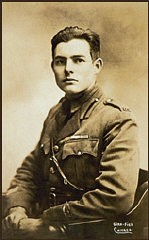
We would like to thank Crown Family Philanthropies, Abe and Ida Cooper Foundation, the Claims Conference, EVZ, and BMF for supporting the ongoing work to create content and resources for the Holocaust Encyclopedia. View the list of donor acknowledgement.